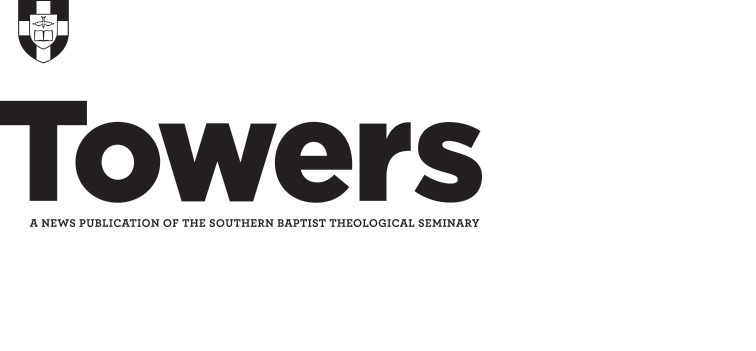Biblical Church Revitalization:
Solutions For Dying & Divided Churches
Brian Croft
Review by Sean W. Corser
With over 1,000 Southern Baptist churches closing their doors each year, many aspiring pastors will undoubtedly find themselves in some form of church revitalization. Louisville pastor Brian Croft, who is senior fellow of the SBTS Mathena Center on Church Revitalization, points to the popular methods of the pragmatist and the purist. Between those two, Croft writes, is the biblical method which “rests its full weight on the truth that God’s spirit working through His word is the only way to bring true lasting spiritual life to a local church.”
Drawing from years in the trenches, Croft helps the reader determine the preparation for revitalization, reminding that “for those who lean into this calling and put their hands to the plow, there are unique joys and rewards that come with this important gospel work.”
The SBC and the 21st Century
Jason K. Allen, editor
Review by S. Craig Sanders
In The SBC and the 21st Century, editor and Midwestern Seminary President Jason K. Allen gathers Southern Baptist leaders like SBTS President R. Albert Mohler Jr., ERLC President Russell Moore, and IMB President David Platt to reflect on our heritage and commit to a bold vision for the future. Among other issues, contributors explore what it will look like for America’s largest Protestant denomination to remain faithful as a cultural minority, restructure for Great Commission outreach, and recover a distinct Baptist identity.
“We must also remember that even though we have the necessary doctrinal resources to articulate a clear theological identity, Southern Baptists have often identified ourselves more according to our tribe than according to our convictions—a strange phenomenon given our ecclesiological convictions,” Mohler writes.
This erudite resource offers a wealth of prescriptions for pastors and students to commit their churches to a faithful future.
The Temple and the Tabernacle
J. Daniel Hays
Review By Andrew J.W. Smith
In The Temple and the Tabernacle: A Study of God’s Dwelling Places from Genesis to Revelation, J. Daniel Hays, dean of the School of Christian Studies at Ouachita Baptist University, draws on the most recent archaeological evidence and uses rich, full-color photographs to depict the place of the tabernacle and temple in Israel’s history.
Both the tabernacle and the temple are critical physical landmarks during the Old Testament and throughout Israel’s history. During the wanderings in the wilderness, the Israelites experienced God’s presence through the tabernacle, and during the time of Solomon God dwelled in a glorious temple in the midst of his people. But this rich and magnificent building pictured a much more beautiful reality: God was willing to build a relationship with his people that would reach its ultimate fulfillment and purpose in the person of Jesus Christ.
Progressive Covenantalism: Charting a Course Between Dispensational and Covenant Theologies
Stephen J. Wellum and Brent E. Parker
Review by Sean W. Corser
Traversing through the biblical canon, Stephen J. Wellum, professor of Christian Theology at Southern Seminary and Brent Parker, Ph.D. candidate at Southern Seminary, set out to show how through the progression of the covenants, one can navigate to a mediating point and not simply hold to a dispensational view of Scripture nor merely a covenantal view. Building this argument from the previously released book Kingdom Through Covenant: A Biblical Understanding of the Covenants, in Progressive Covenantalism: Charting a Course Between Dispensational and Covenant Theologies Wellum and Parker have edited a work of 10 essays arguing for a middle ground between covenant theology (CT) and dispensational theology (DT).
Wellum and Parker aren’t simply wanting to split hairs; rather, they say, “It is our sincere desire that this book will contribute to our understanding of Scripture and continue the conversation between differing theological viewpoints, with the goal of resolving those differences that separate us.” And further, “It is not enough to affirm the authority of Scripture; we must also seek rightly to handle the Word of truth and bring our entire thought captive to it and to Christ.”
The skeletal outline of the book takes pivotal passages to both DT and CT, and then looks at them through the lens of the entire canon and proposes a middle ground: Progressive Covenantalism (PC). This scholarly work is a great resource to someone curious about the distinctions of DT and CT. In the effort of proposing a middle ground, the authors expose weaknesses of both DT and CT and show how PC can mediate theological positions.



